DS3231 RTC Real Time Clock Module – Precise Timekeeping for Embedded Projects
The DS3231 RTC Real Time Clock Module provides reliable, temperature-compensated timekeeping for microcontroller projects. Built around the DS3231 chip with a TCXO, this module delivers highly accurate time even when environmental conditions change. It is ideal for data logging, alarms, scheduled tasks, robotics, IoT devices and home automation systems that require dependable time information.
Why choose the DS3231 RTC module
- High precision timekeeping using a temperature-compensated crystal oscillator (TCXO) for minimal drift.
- Low power consumption makes it suitable for battery-operated and portable systems.
- Built-in CR2032 coin cell battery maintains the clock during power interruptions.
- Standard I2C interface simplifies wiring and programming with Arduino, Raspberry Pi and other platforms.
- Alarm outputs and square-wave options enable time-based triggers and wake-up events.
Key Features
- RTC chip: DS3231 with integrated temperature sensor and TCXO
- Timekeeping: seconds, minutes, hours, day, date, month and year with leap-year compensation
- Backup: CR2032 coin cell battery holder for uninterrupted clock operation
- Interface: I2C (SDA, SCL) compatible with 3.3V to 5V logic
- Alarm: Two programmable alarms and square-wave output for timed events
- Operating temperature: -40°C to +85°C
Specifications
- RTC Chip: DS3231
- Communication: I2C bus
- Operating Voltage: 3.3V to 5V
- Accuracy: Approximately ±2 minutes per year (temperature-compensated)
- Backup Battery: CR2032 coin cell (not included or included depending on seller)
- Temperature Range: -40°C to +85°C
- Dimensions: approx. 32mm x 25mm x 7mm
- Weight: approx. 5 g
Compatibility and Interfaces
- Works with Arduino (Wire library, RTClib or dedicated DS3231 libraries)
- Compatible with Raspberry Pi (i2c-tools, Python smbus or dedicated RTC drivers)
- Interfaces easily with ESP8266 / ESP32 and other 3.3V/5V microcontrollers via I2C
Typical Applications
- Data logging systems that require timestamping for sensor readings
- Home automation schedules and timed control of devices
- Alarm systems and timed event triggers in IoT projects
- Robotics and embedded systems needing reliable time-of-day information
- Battery-powered clocks and time-stamped telemetry
Quick Start Guide
Wiring
- Connect VCC to 3.3V or 5V (match your microcontroller supply voltage).
- Connect GND to the microcontroller ground.
- Connect SDA to the microcontroller SDA pin (I2C data).
- Connect SCL to the microcontroller SCL pin (I2C clock).
Software
- Arduino: use the Wire library plus RTClib (Adafruit) or a DS3231 library. Initialize the RTC, set the time once, then read as needed.
- Raspberry Pi: enable I2C, install i2c-tools and use Python smbus or existing RTC drivers to read and set time.
- Libraries: search for “DS3231” or “RTClib” in your platform’s library manager for ready-made examples and functions.
Installation Tips and Safety
- Replace the CR2032 battery with correct polarity and avoid shorting the battery contacts.
- Do not exceed the recommended operating voltage to prevent damage.
- Use pull-up resistors on the I2C lines if your development board does not provide them.
- Verify the module address (commonly 0x68) with i2c-tools or scanning code before communicating.
Note
Images are for illustration purposes only. Product appearance and included accessories may vary by supplier. Confirm whether a CR2032 battery is included when purchasing.

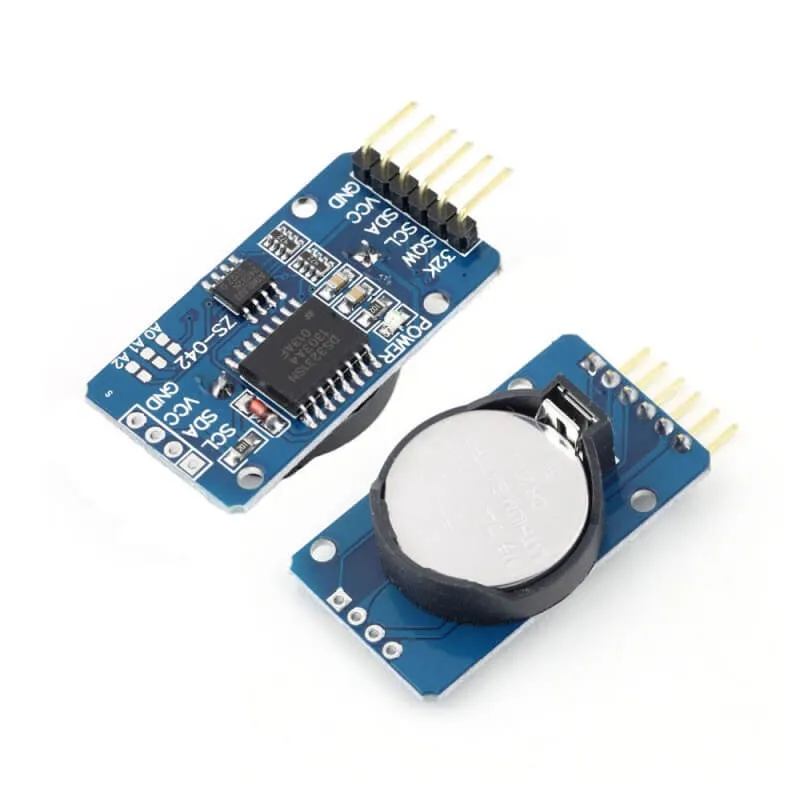
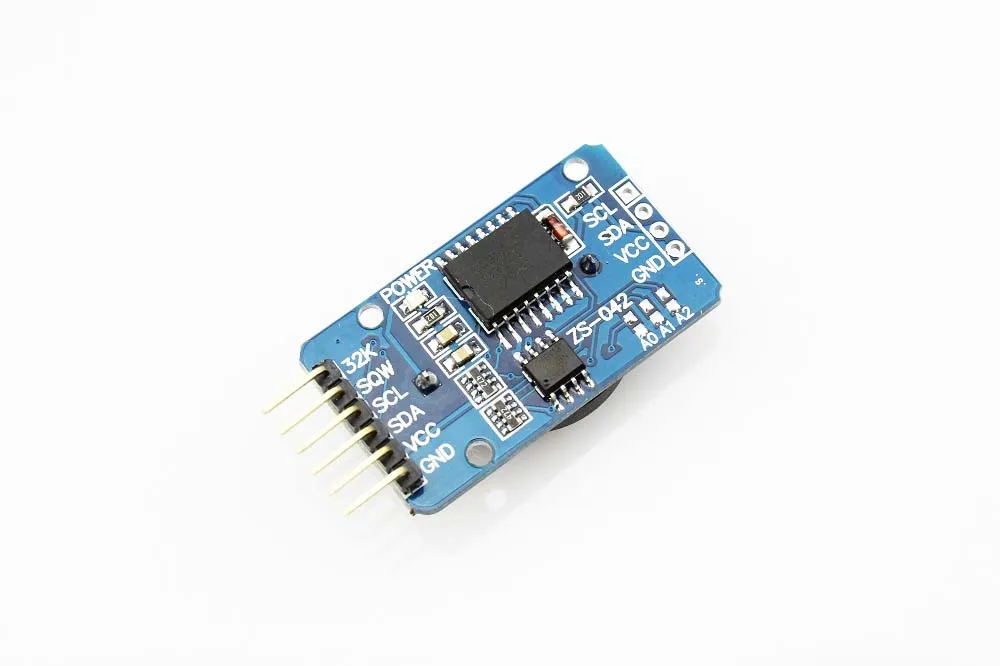

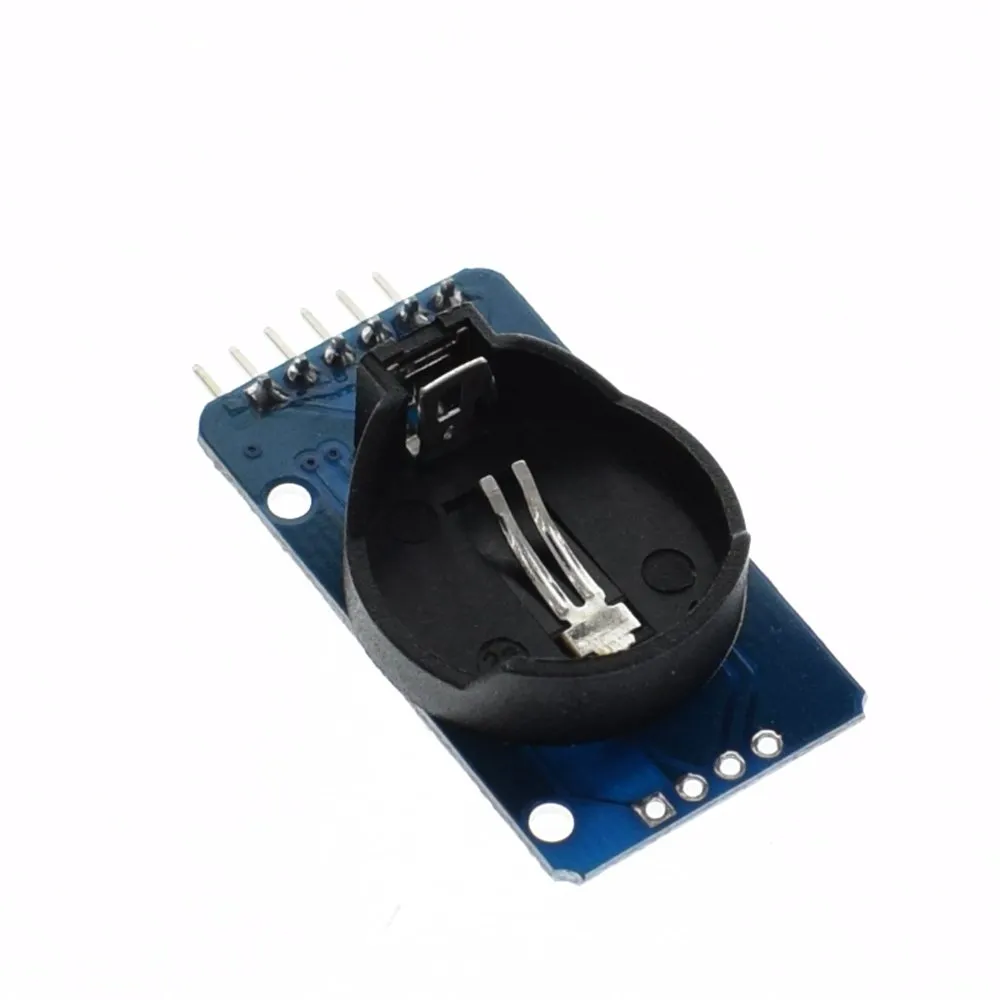

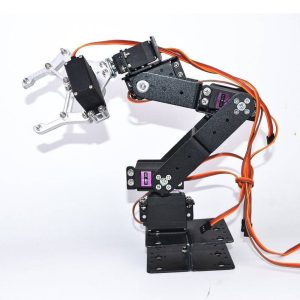
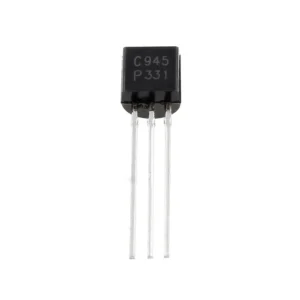

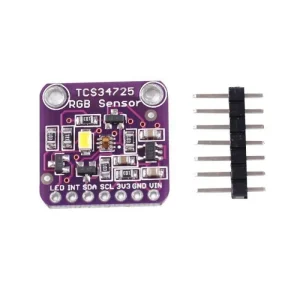
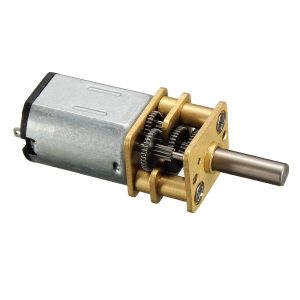

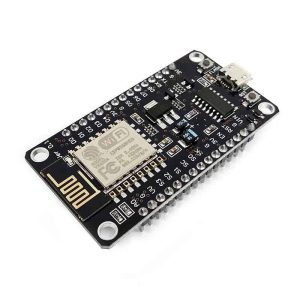
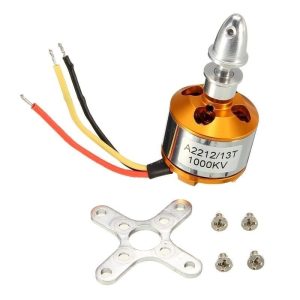
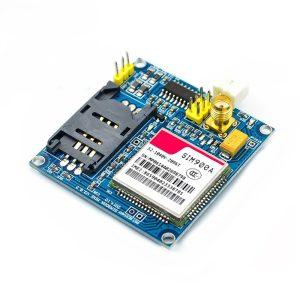
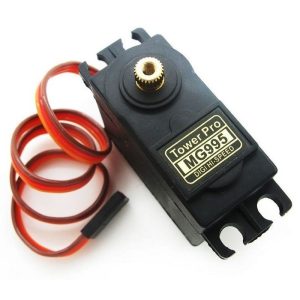

Reviews
There are no reviews yet